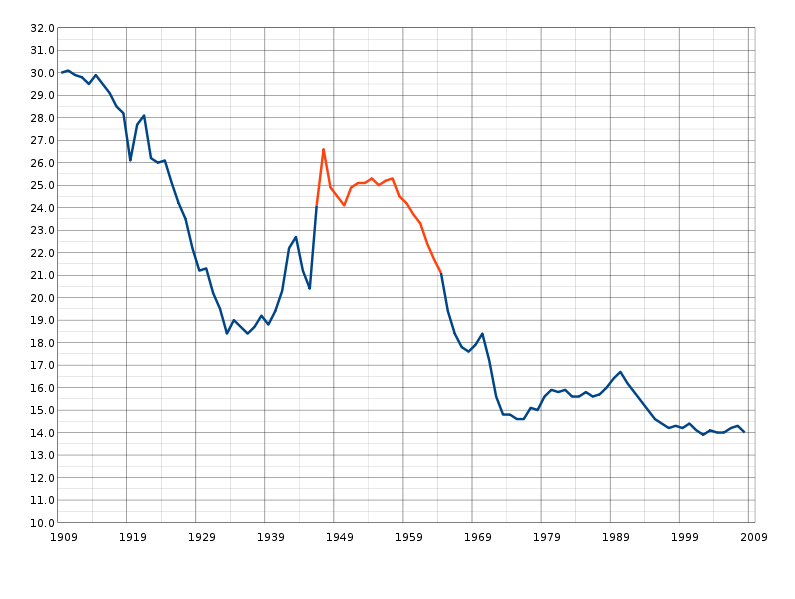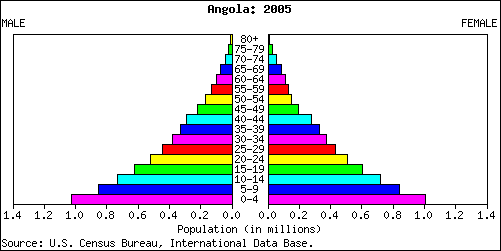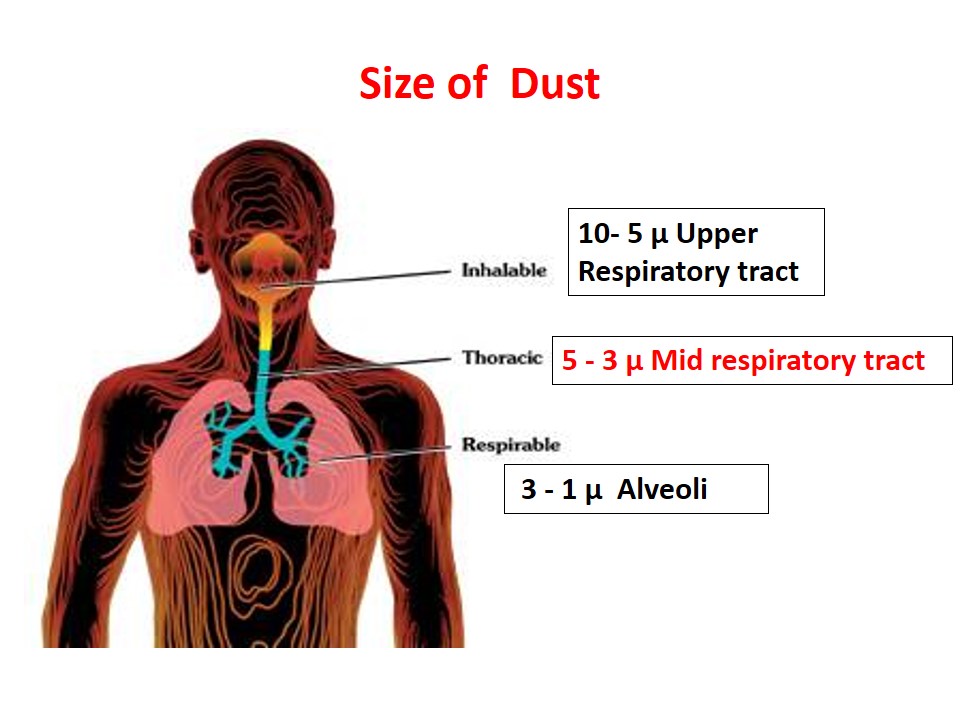Health is a state of complete physical, mental and social well being and not merely absence of disease or infirmity (WHO Definition of Health 1948).
Health is a fundamental human right. The state holds the responsibility for the health of its people. National Governments all over the world are striving to expand and improve their health care services. The current situation is urban oriented, mostly curative in nature and accessible to a small part of population.
Primary Health Care
Primary health care may be defined as:
Essential Health care based on practical, scientifically sound, and socially acceptable methods and technology made universally accessible to individuals and families in the community through their full participation and at a cost that the country and community can afford.
At the international level, the Universal Declaration of Human Rights established a breakthrough in 1948, by stating in Article 25:
“Everyone has the right to a standard of living adequate for the health and well being of himself and his family”
The preamble to the WHO Constitution also affirms that it is one of the fundamental rights of every human being to enjoy “The highest attainable standard of health”.
Increasing importance has been given to social justice and equity, recognition of the crucial role of community participation, changing ideas about the nature of health and development, the importance of political will called for new approaches to make medicine more effective in the service of humanity.
Against the above background, the 30th World health Assembly resolved in May 1977 at Alma Ata , that
“the main social target of governments and WHO in the coming decades should be the attainment by all citizens of the world by the year 2000 of a level of health that will permit them to lead a socially and economically productive life”
This culminated in the international objective of HEALTH FOR ALL by the year 2000 as the social goal of all governments.
In the joint WHO – UNICEF international conference in 1978 at Alma – Ata (USSR), the governments of 134 countries and many voluntary agencies called for a revolutionary approach to health care.
Declaring that “The existing gross inequality in the health status of people particularly between developed and developing countries as well as within countries is politically, socially and economically unacceptable”
Health for all means that health is to be brought within the reach of every one in a given community. It implies the removal of obstacles to health – that is to say the elimination of
• Malnutrition
• Ignorance
• Disease
• Contaminated water supply
• Unhygienic housing etc.
It depends on continued progress in medicine and public health. Alma Ata Declaration called on all governments to formulate national policies, strategies and plans of action to launch and sustain primary health care as part of a national health system. It is left to each country to innovate, according to its own circumstances to provide primary health care
This was followed by the formulation and adoption of the Global Strategy for Health for all by the 34th World Health Assembly in 1981.
Primary Health care got off to a good start in many countries with the theme “Health for All by 2000 AD”
Primary Health Care is a new approach to health care, which integrates at the community level all the factors required for improving the health status of the population.
Concept of Primary Health Care
PHC is for all especially the needy. Regardless of social and economic status every individual in the nation must have access to good health care.
The services should be acceptable to the community and there must be active involvement of the community. The health services must be effective, preventive, promotive and curative. The services should form an integral part of the country’s health system. The programme must be efficient, multi- sectorial because health does not exit in isolation
Levels of Health Care
There are 3 level of health care service:
1. Primary care level
2. Secondary care level
3. Tertiary care level
Primary care level
First level of contact of individual, family and community with health system. It is most effective and close to the people and includes:
• PHC
• BHU, RHC, THQ
• Clinics
• RMO
• GP
Secondary care level
Higher level of care at which more complex problem are dealt with. It includes:
• DHQ
• THQ
• Health centers
• Hospitals
Tertiary care level
Specialized health care is provided at tertiary care level. Specific facilities are available. Specialized health workers are present. It involves
• Teaching hospitals,
• Regional hospitals
• Central hospitals
• Specializes hospitals
Principles of Primary Health Care
1. Equity
2. Community Participation
3. Intersectoral Coordination
4. Appropriate Technology
Equity/Equitable Distribution
The first key principle in primary health care strategy is equity or equitable distribution of health services. Health services must be shared equally by all people irrespective of their ability to pay and all ( rich or poor, urban or rural) must have access to health services. Currently health services are mainly in towns and inaccessibility to majority of population in the developing world.
Community Participation
Overall responsibility is of the State. The involvement of individuals, families, and communities in promotion of their own health and welfare is an essential ingredient of primary health care. PHC coverage cannot be achieved without the involvement of community in planning, implementation and maintenance of health services.
Intersectoral Coordination
Declaration of Alma –Ata states that PHC involves in addition to the health sector all related sectors and aspects of national and community development, in particular education, agriculture, animal husbandry, food, industry, education, housing, public works and communication.
To achieve cooperation, planning at country level is required to involve all sectors.
Appropriate Technology
Technology that is scientifically sound, adaptable to the local needs, and acceptable to those who apply it and those for whom it is used and can be maintained by the people themselves with the resources of the community and country can afford.
Essential Component / Elements
1. Education concerning prevailing health problems and the methods of identifying, preventing and controlling them
2. Promotion of food supply and proper nutrition, an adequate supply of safe water and basic sanitation
3. Maternal and child health care including family planning
4. Immunization against major infectious diseases
5. Prevention and control of locally endemic diseases
6. Treatment of common diseases and injuries
7. Promotion of mental health
8. Provision of essential drugs
Extended Elements in 21st Century
- Expanded options of immunizations
- Reproductive Health Needs
- Provision of essential technologies for health
- Health Promotion
- Prevention and control of non-communicable diseases
- Food safety and provision of selected food supplements
Millennium Development Goals
MDG’s place health at the heart of development and represent commitments by governments throughout the world to reduce poverty and hunger and to tackle ill health
1. Eradicate extreme poverty and hunger
2. Achieve universal primary education
3. Promote gender equity
4. Improve maternal health
5. Reduce child mortality
6. Combat HIV/AIDS, malaria, and other communicable diseases
7. Ensure environmental sustainability
8. Develop global partnership for development
Physician
A physician is a person who, having been regularly admitted to a medical school, duly recognized in the country in which it is located, has successfully completed the prescribed courses of studies in medicine and has acquired the requisite qualification to be legally licensed to practice medicine (comprising prevention, diagnosis, treatment and rehabilitation) using independent judgment to promote community and individual health. WHO 1972
Hospital
Hospital is a residential establishment which provides short-term and long-term medical care consisting of observational, diagnostic, therapeutic and rehabilitative services for persons suffering or suspected to be suffering from a disease or injury and for parturient. WHO 1963
 howMed Know Yourself
howMed Know Yourself





i am one of public health family, and i want you to help any idea about public health